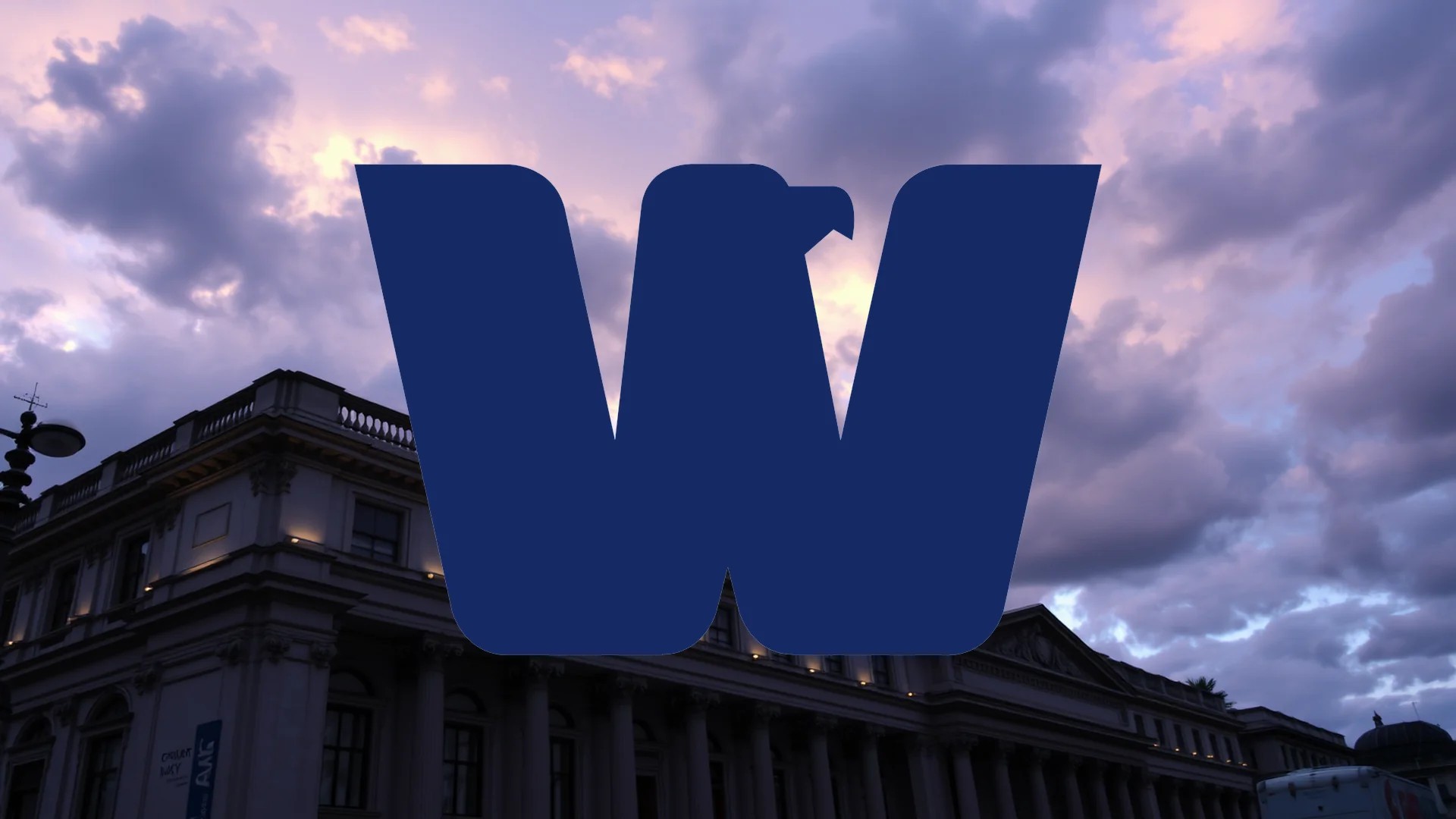Salesforce has delivered another quarter of impressive financial performance, yet a series of substantial stock disposals by its chief executive has introduced a note of caution among the investment community. Marc Benioff has been methodically reducing his stake in the cloud software giant, with these transactions occurring shortly after the company issued a revenue outlook that fell short of market expectations. This activity prompts questions about whether challenges deeper than those publicly acknowledged may be facing the technology leader.
A Pattern of Substantial Disposals
Recent regulatory filings reveal a consistent pattern of sales by the CEO. The transactions commenced on September 8th, with identical disposals following on September 10th, 12th, 15th, and finally on the 18th. Each of these five sales involved exactly 2,250 shares, generating proceeds in the vicinity of $550,000 per transaction. While these disposals represent only a fraction of Benioff’s total holdings, their precise regularity and strategic timing have captured the market’s attention for their potential significance.
Strong Results Contrasted with Cautious Guidance
The context of these sales makes them particularly noteworthy. The company’s second-quarter earnings report showcased fundamental strength, with revenue climbing to $10.24 billion—a solid 10% year-over-year increase. Earnings per share also surpassed forecasts, reaching $2.91. This operational success, however, was immediately tempered by the company’s projection for the current quarter. Salesforce anticipates revenue between $10.2 billion and $10.3 billion, a figure that lands below the consensus estimates of Wall Street analysts. Management attributed this conservative forecast to the slower-than-anticipated monetization of its new artificial intelligence product offerings.
Should investors sell immediately? Or is it worth buying Salesforce?
Corporate Buybacks and Executive Sales Diverge
Adding a layer of complexity to the CEO’s actions is the company’s own aggressive capital return strategy. Salesforce recently expanded its share repurchase authorization by $20 billion, bringing the total program to a substantial $50 billion. In the last quarter alone, the company allocated $2.2 billion to buying back its own stock. This creates a stark contrast: while the corporation is investing billions in purchasing its equity, signaling confidence in its intrinsic value, its top executive is concurrently executing a systematic selling plan. This divergence presents a puzzle for shareholders, leading some to question whether Benioff’s personal financial strategy indicates concerns about the company’s near-term prospects that are not reflected in the corporate buyback policy.
Following a minor recent rebound, Salesforce shares are trading near €210. Despite this slight recovery, the equity remains well below its previous peak levels. The central dilemma for investors is determining whether these executive sales are merely part of a predefined personal wealth management plan or if they constitute a more nuanced signal about challenges that have yet to be fully recognized by the broader market.
Ad
Salesforce Stock: Buy or Sell?! New Salesforce Analysis from December 20 delivers the answer:
The latest Salesforce figures speak for themselves: Urgent action needed for Salesforce investors. Is it worth buying or should you sell? Find out what to do now in the current free analysis from December 20.
Salesforce: Buy or sell? Read more here...












